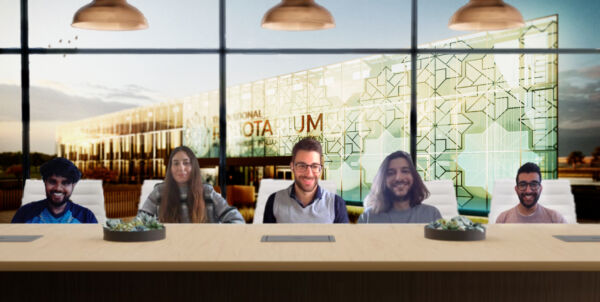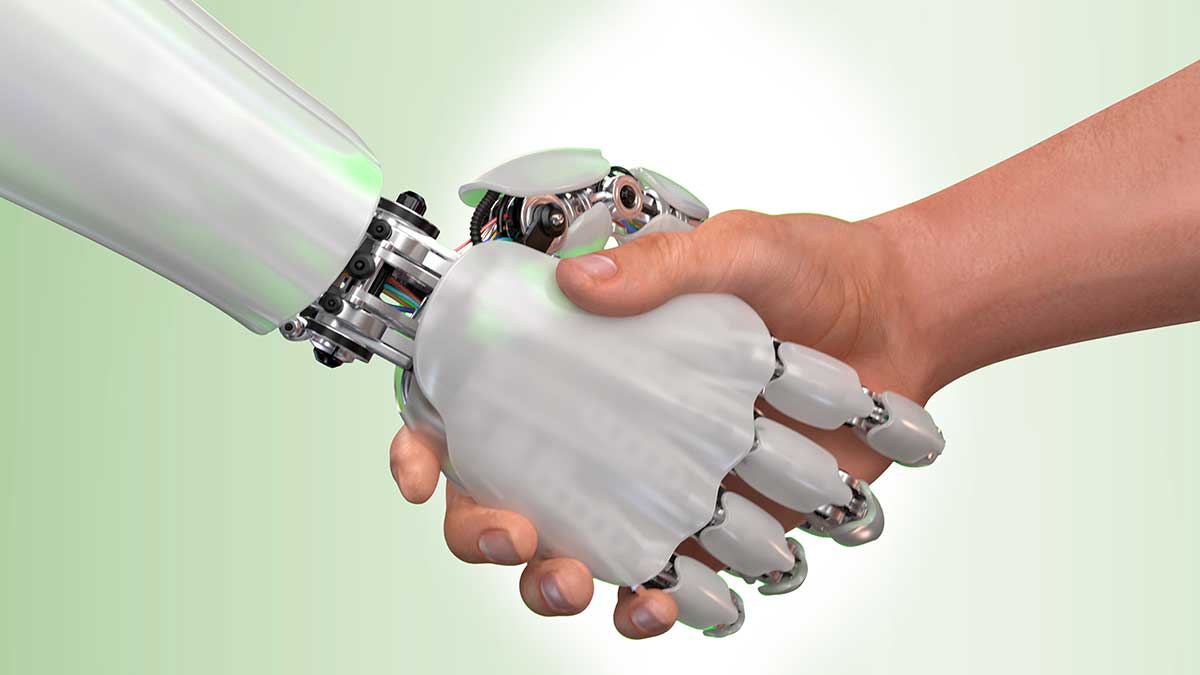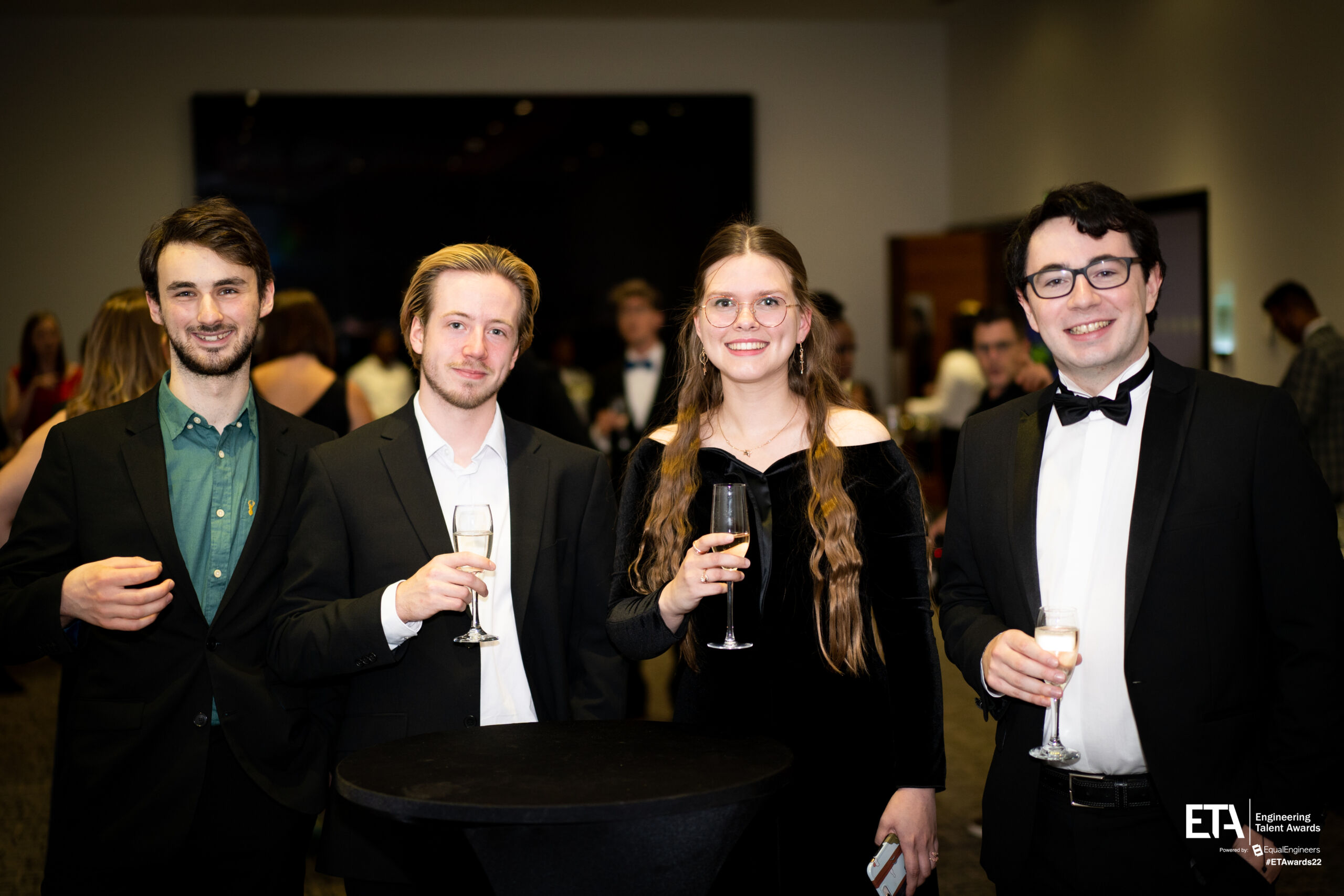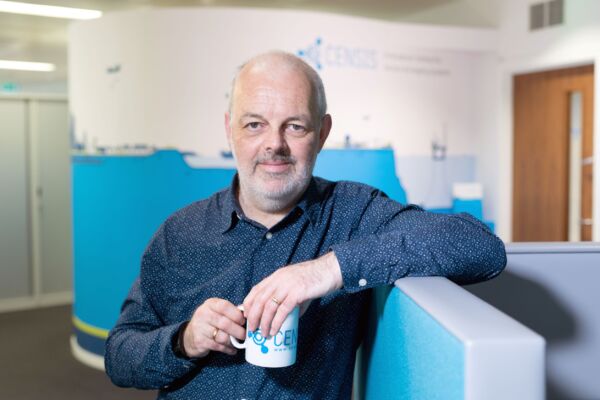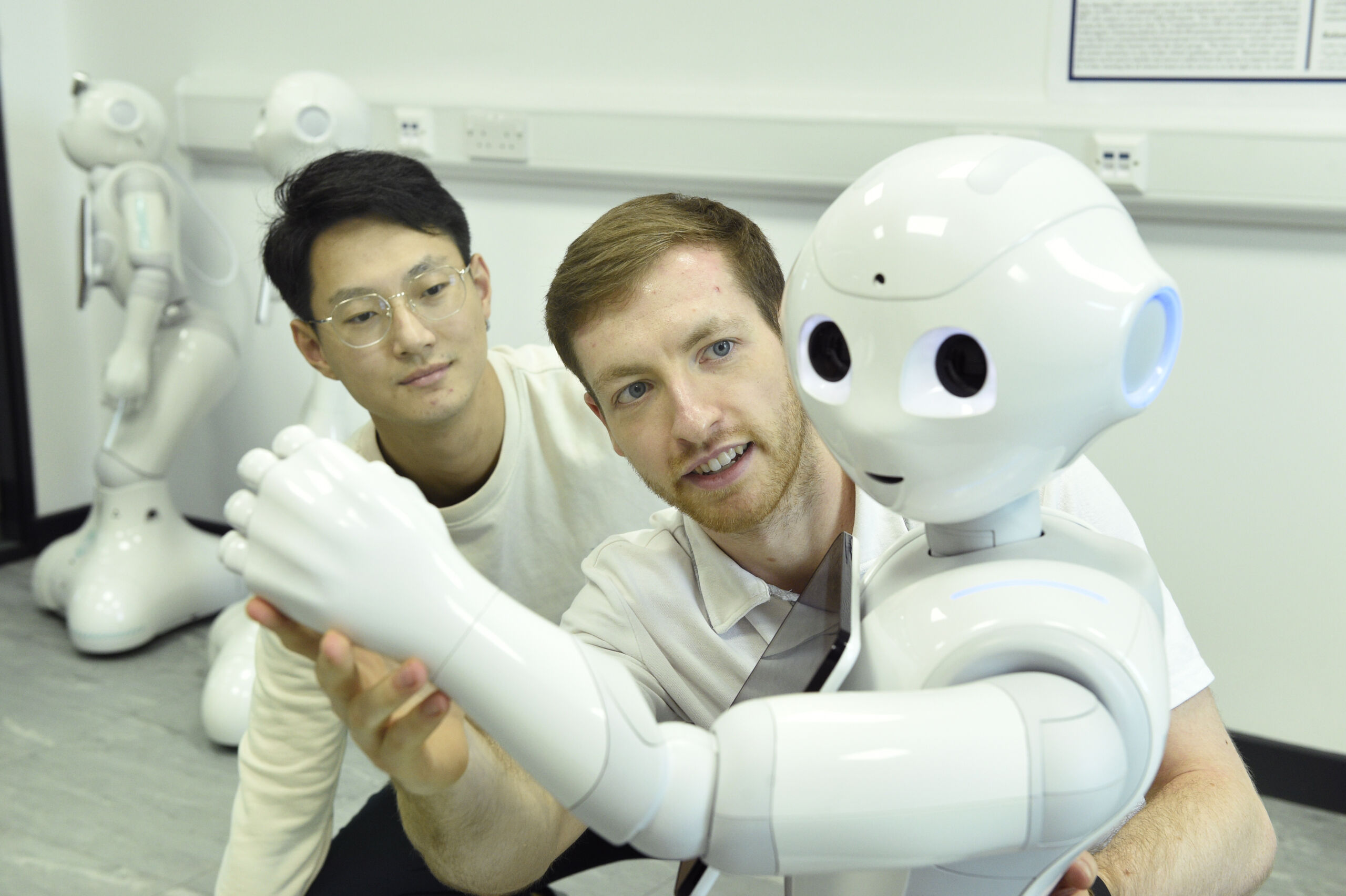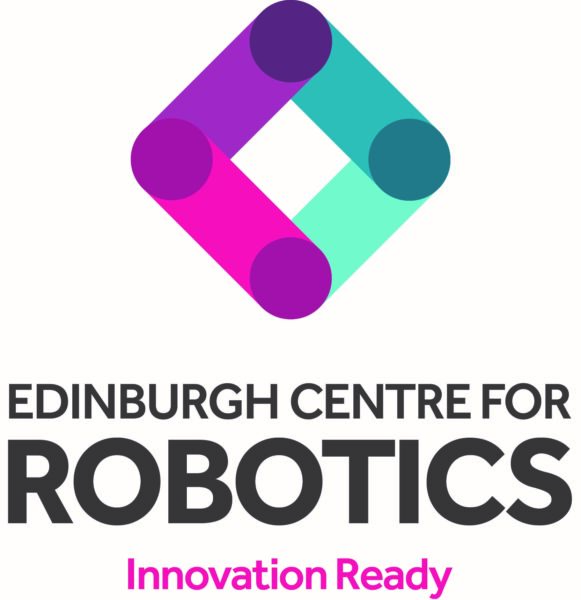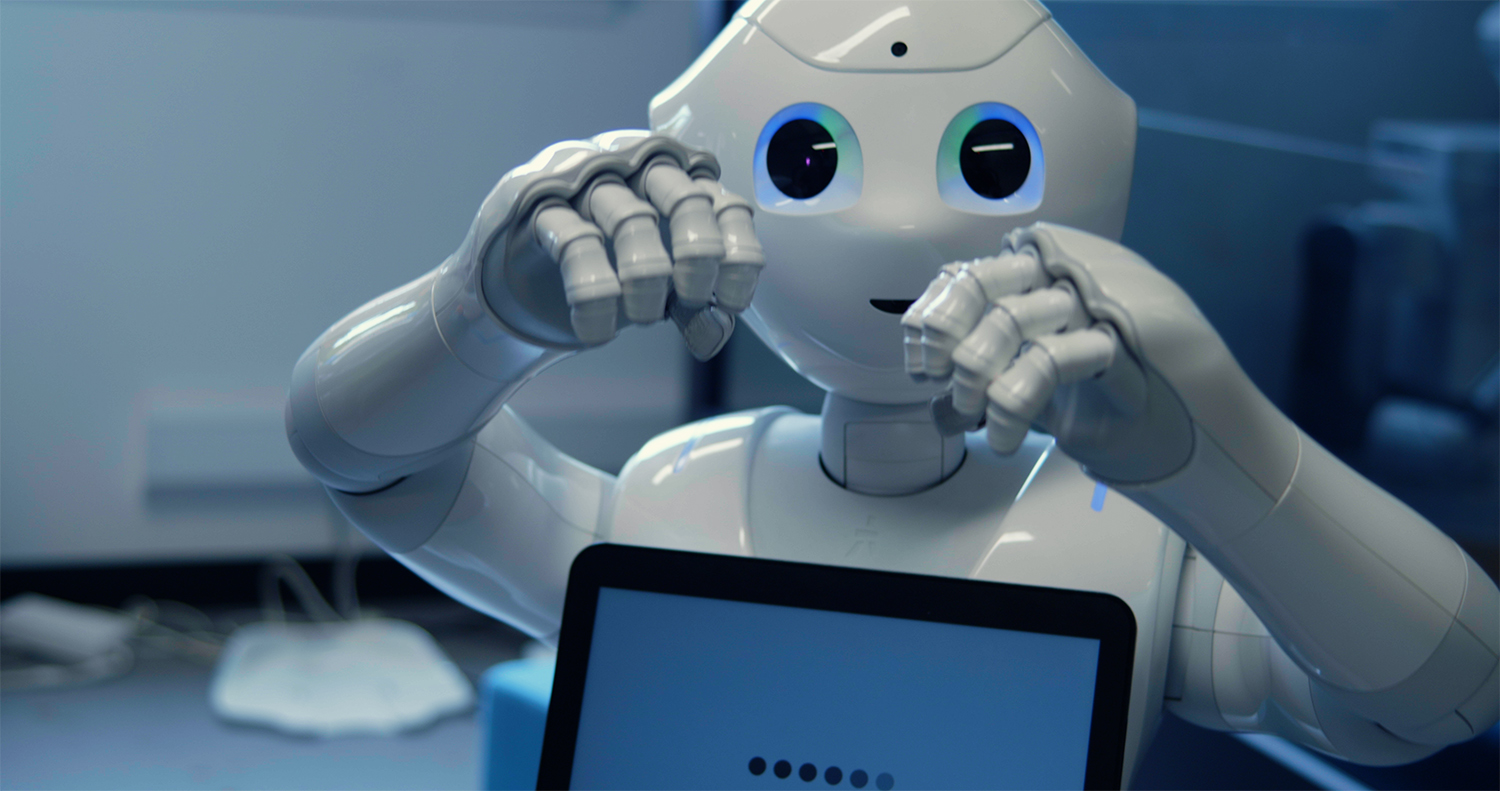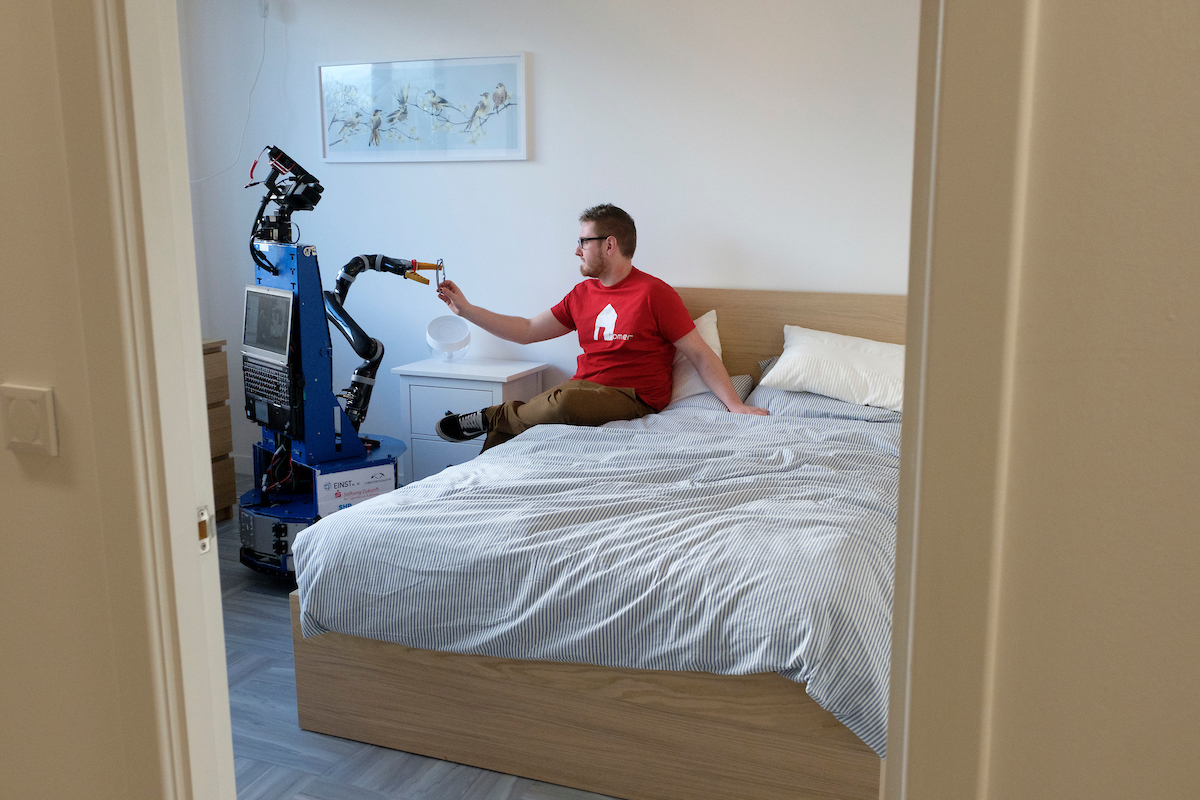[fusion_builder_container type=”flex” hundred_percent=”no” equal_height_columns=”no” hide_on_mobile=”small-visibility,medium-visibility,large-visibility” background_position=”center center” background_repeat=”no-repeat” fade=”no” background_parallax=”none” parallax_speed=”0.3″ video_aspect_ratio=”16:9″ video_loop=”yes” video_mute=”yes” border_style=”solid”][fusion_builder_row][fusion_builder_column type=”1_1″ type=”1_1″ background_position=”left top” border_style=”solid” border_position=”all” spacing=”yes” background_repeat=”no-repeat” margin_top=”0px” margin_bottom=”0px” animation_speed=”0.3″ animation_direction=”left” hide_on_mobile=”small-visibility,medium-visibility,large-visibility” center_content=”no” last=”no” hover_type=”none” min_height=”” link=””][fusion_text]
A collaborative robotics and social care event has brought together innovators and end-users in a week-long burst of creativity around assistive technology, supported by the world’s first example of an open assisted living laboratory.
The event was organised by The National Robotarium, based at Heriot-Watt University, in partnership with Product Forge, the Usher Institute and Design Informatics at the University of Edinburgh and Scottish Health Innovations Ltd (SHIL).
Attended by health and care professionals, academics and assistive technology providers, it aimed to prototype new solutions and accelerate technical designs to tackle multiple care and assisted living challenges.
Dr Mauro Dragone, an assistant professor and director of the Robotic Assisted Living Testbed (RALT) at the National Robotarium, based at Heriot-Watt University, co-organised the event. He explained: “Our Robotics and Care Mashup exemplifies the concept of a user-centred living lab, integrating concurrent research and innovation processes within a public-private-people partnership. We involved a range of stakeholders in the event to define research priorities and questions for health and social care technology and to accelerate innovation in the sector.
“Through our Open Ambient Assisted Living (OpenAAL) project, we have recently equipped our laboratory to offer real-time interaction with its sensing, automation and robotic equipment, over the Internet.
“This provides a platform that researchers, technology and industry users can use to co-create technology, where time and distance is no longer a barrier – any time, any place access. The aim is to catalyze and support collaborations to more quickly develop innovative concepts of assistive living technology to be considered for mass-market roll-out and rapid uptake.”
Participants were also mentored by representatives from the Discovery Stage sponsor Scottish Health Innovations Ltd (SHIL), and the Scottish Social Service Council (SSSC), Scotland’s Innovation Centre for sensing, imaging and Internet of Things (IoT) technologies (CENSIS), the Institute of Design Informatics at University of Edinburgh, and the Digital Health & Care Innovation Centre.
Successes from the week’s event included demonstrating how the ‘Earswitch’ can be used to operate multiple devices using an ear muscle alone. The ‘Earswitch’ was created by primary care practitioner, Dr Nick Gompertz, from Somerset and is supported by funding from NIHR. Dr Gompertz previously proved voluntary movements of the eardrum could be filmed and then used to trigger a virtual keyboard for MND and complex stroke sufferers.
Dr Gompertz worked with Thomas Gillett, a PhD student at Heriot-Watt University, to improve the accuracy of the switch and to connect it to existing assistive devices and automation frameworks. This simplifies the use of the Earswitch with a diverse range of assistive devices, including emerging examples of assistive robotic technology.
Team Communicare, led by Dr. Mel McKendrick, assistant professor, School of Social Science, Psychology, at Heriot-Watt University, was declared the event’s winner with their concept for technology-aided social cognition and human interaction.
Dr. McKendrick said: “Social isolation is associated with poor mental health and is a significant concern. Our Hermes Holistic Messenger is designed to augment virtual communication tools used in befriending applications. By enhancing social cognition through increasing the befriender’s awareness of the cultural and mental individual differences of the befriending recipient, the experience and continued social support may yield significant reductions in feelings of social isolation and associated negative impacts”.
The runners-up, team Curi-O, led by Rakin Sarder, MSc student in Human-Robot Interaction at Heriot-Watt University, proposed a post-discharge robotic nursing service model for patients who are recovering in their homes after their treatment.
Mr Sarder said: “Many medical treatments require patients to follow specific recovery guidelines following their discharge. Studies have shown that this recovery process can be a challenging phase for patients, especially if they have physical or cognitive impairments. Solutions such as in-home nursing are expensive.
“Curi-O service could be used by healthcare professionals as a telehealth, telemedicine, telemonitoring and teletherapy medium, enabling them to perform routine check-ups and generally provide social, cognitive, and physical assistance through a social telepresence robot when needed.”
Discovery Stage sponsor Scottish Health Innovations Ltd (SHIL) worked with health and care professionals, technologists and designers over the five-day hackathon to support emerging ideas.
[/fusion_text][/fusion_builder_column][/fusion_builder_row][/fusion_builder_container]
